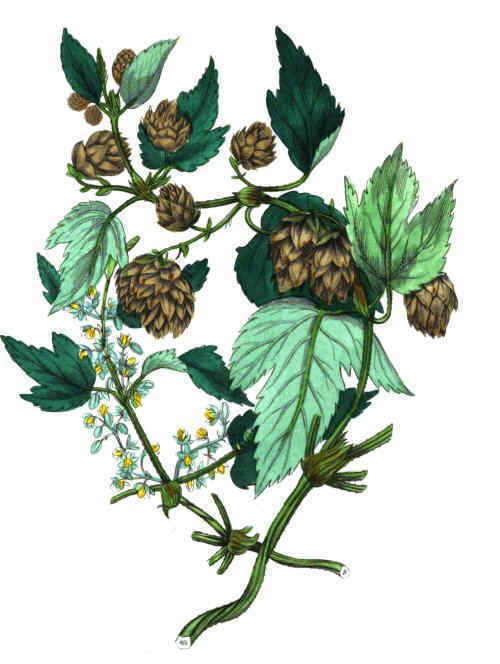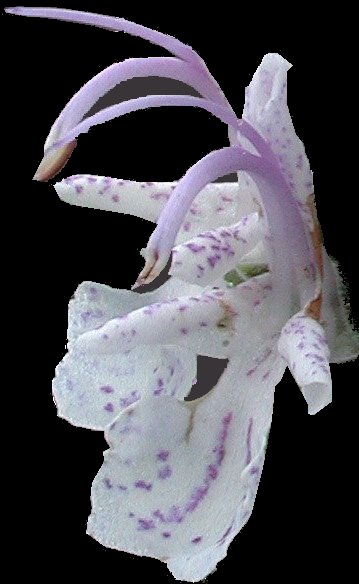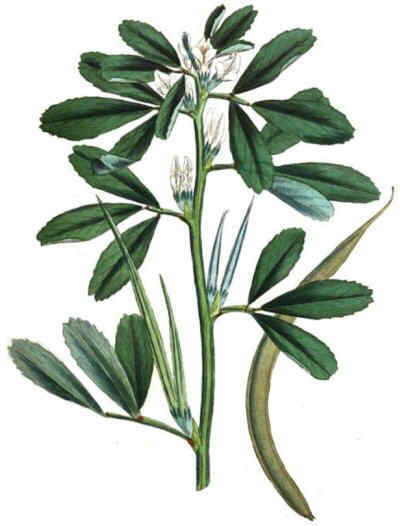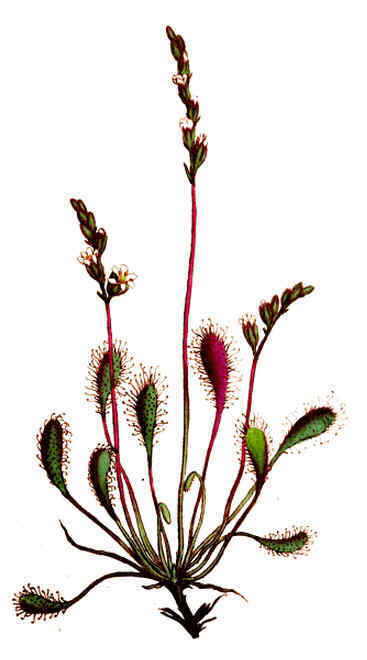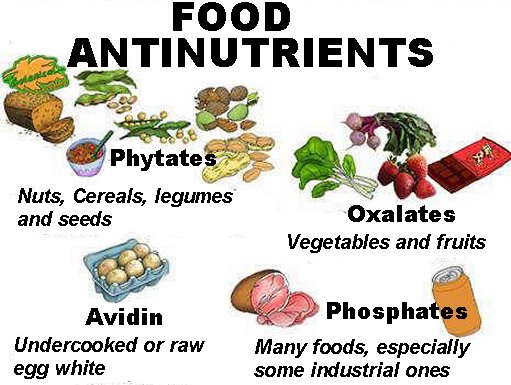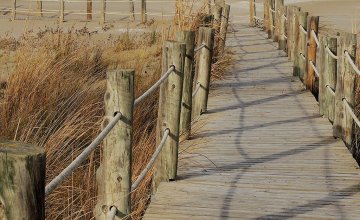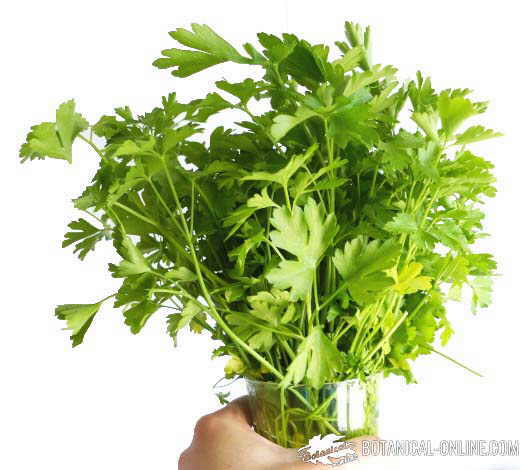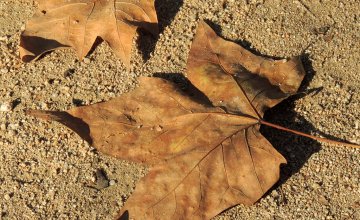Contents
What is Alpine rose?
Characteristics of Alpine rose (Rhododendron ferrugineum)
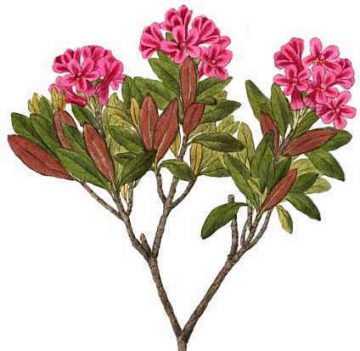
Scientific noun: Rhododendron ferrugineum L.
Common noun: Alpine rose
Family: Heather family – Ericaceae-.
Habitat: Where does Alpine rose grow?
Acid soil forests in the the Alps or Pyrenees, from 1500 to more than 2000 meters above sea level.
In Alpine and Subalpine mountains, on rocks and under not very dense woods of acid nature.
Description of Alpine rose
Perennial shrub of the Heather family -Ericaceae- up to 1 m.
Elliptic leaves, hairy on the margin, rusty- red below.
Pink flowers, till 2 cm wide, grouped in terminal inflorescences from 6-10.
Active principles of Alpine rose
The main active components are:
- Toxins: Grayanotoxin (= Andromedotoxin) (leaves)
- Glycosides: Rhododendrin, arbutin, Ericolin (leaves)
- Xanthophylls: Rhodoxanthin (leaves)
- Flavonoids (leaves)
- Tannins (Leaves)
- Terpenoids: campanulin, α-amyrin, β-amyrin, friedelin, epifriedelin (leaves)
- Acids: citric, ursolic (leaves)
- Active parts: Mainly the flower buds, but also on the leaves, stems and gills.
Uses of Alpine rose
Ornamental plant: Preparation of funeral wreaths. Production of mulch.
Industrial application: Obtaining charcoal
As a medicinal plant
![]() More information on plants
More information on plants

